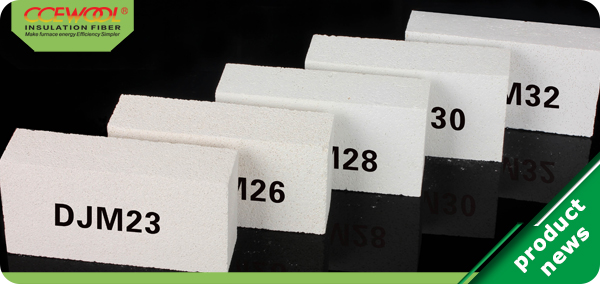Lightweight insulation bricks have become one of the important products for energy saving and environmental protection in industrial kilns. Suitable insulation bricks should be chosen according to the working temperature of high-temperature kilns, physical and chemical properties of insulation bricks.
1. Lightweight clay bricks
Lightweight clay bricks are generally used in the insulation of industrial kilns based on their performance characteristics, which can reduce heat dissipation, save energy consumption, and reduce the weight of industrial kilns.
The advantage of lightweight clay bricks: Good performance and low price. It can be used in areas where there is no strong erosion of high-temperature molten materials. Some surfaces that come into direct contact with flames are coated with a layer of refractory coating to reduce erosion by slag and furnace gas dust, and reduce damage. The working temperature is between 1200 ℃ and 1400 ℃.
2. Lightweight mullite bricks
This type of product can directly come into contact with flames, with a refractoriness of over 1790 ℃ and a maximum working temperature of 1350 ℃~1450 ℃.
It has the characteristics of high temperature resistance, light weight, low thermal conductivity, and significant energy-saving effect. Based on the physical and chemical properties, lightweight mullite bricks are widely used in cracking furnaces, hot air furnaces, ceramic roller kilns, electric porcelain drawer kilns, glass crucibles, and the lining of various electric furnaces.
Next issue we will continue to introduce the working temperature and application of common lightweight insulation bricks. Please stay tuned.
Post time: Jun-12-2023


